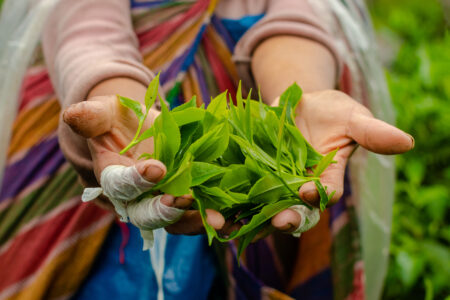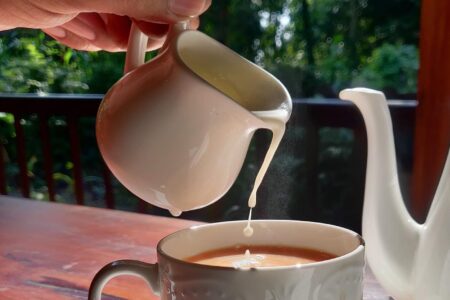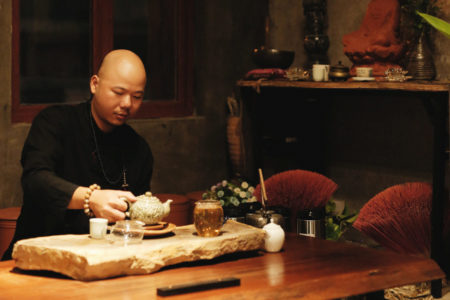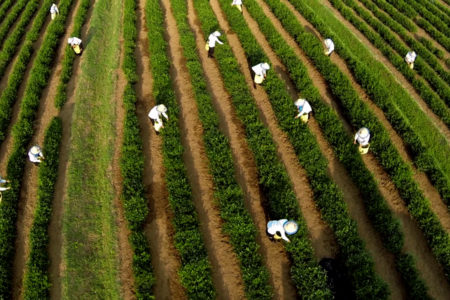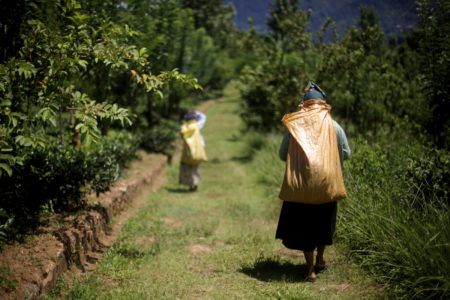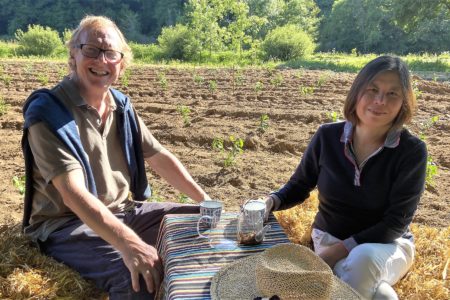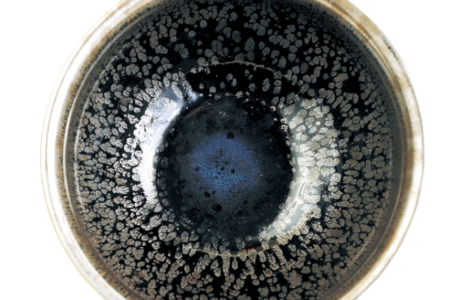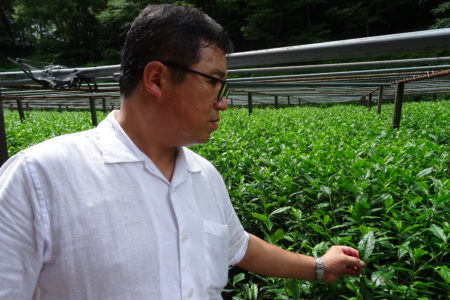Pioneering Organic Tea in the Phoenix Mountains
In the Phoenix Mountains in China, the Dancong Oolong reigns. We meet 33 year old Huang Huan who chose to return home to take over his family tea farm. He has made it his mission to produce only organic oolong from his 10,000 trees. Harvesting once a year – spring – he has set out to create a model for other farmers to follow, on a pursuit of high quality tea.

